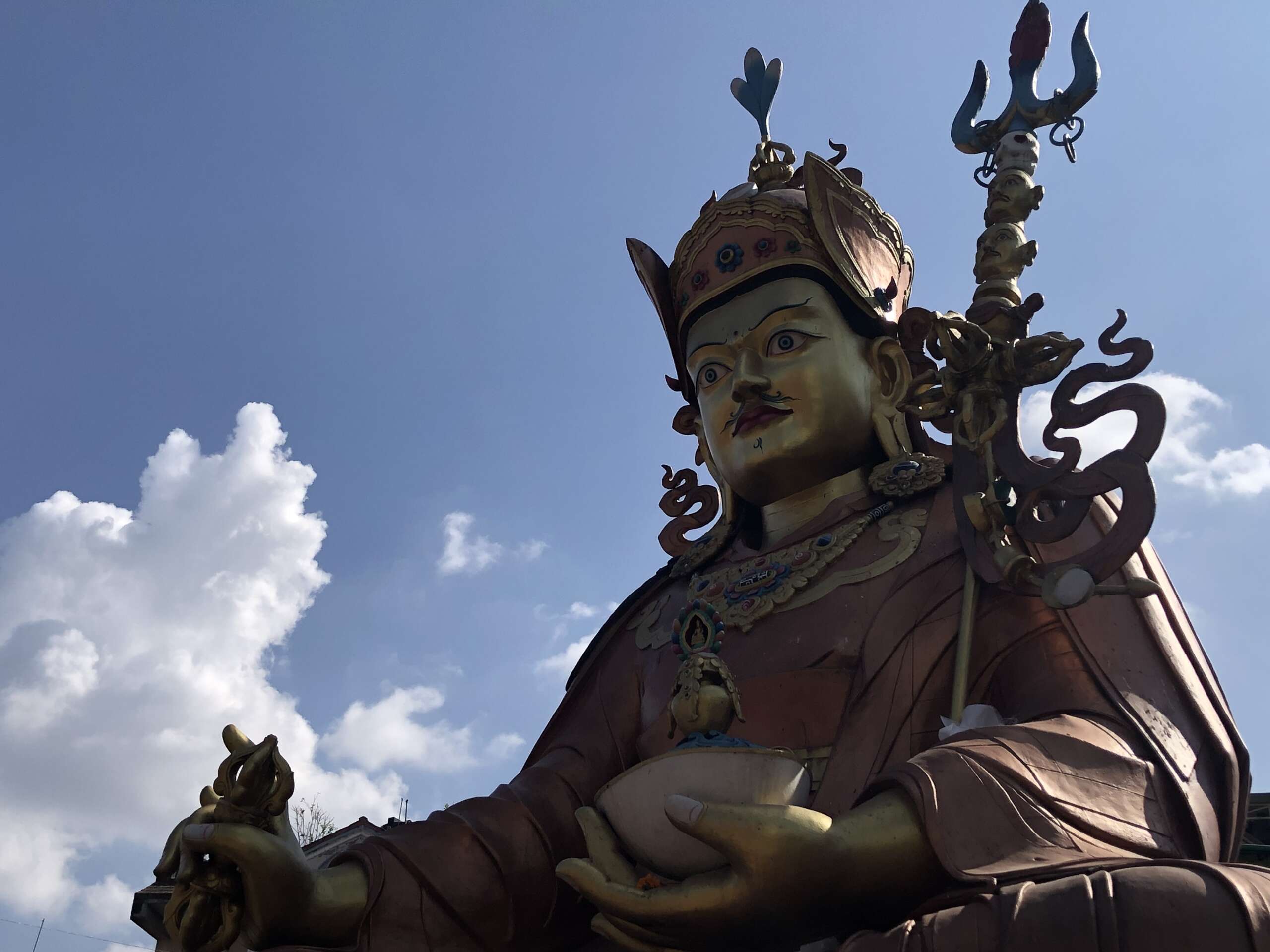Nepal, how warmly I hold you in my heart…
As my time in Tso Pema (Rewalsar, Himachal Pradesh) drew to a close, I felt a sense of readiness to journey onward to Nepal. With a limited budget, I decided to travel by bus and began researching transportation options. The journey ahead was long—approximately 30 hours, including a night bus ride between Mandi and Delhi. Mandi, the nearest larger town, serves as a hub from which one can easily access other notable places such as Manali, Dharamsala Delhi and more.
Despite the long hours ahead, I was filled with excitement. My time in Tso Pema had been the most beautiful experience I’d had thus far, but I’ll save that story for another post. Regardless, I was eager to move forward. I boarded a bus from Rewalsar, where I was accompanied by an elderly monk on the way to Mandi. Though we couldn’t converse due to the language barrier, his presence was calm and reassuring. He also kindly helped me ask the right people about the bus to Delhi. We parted ways with mutual wishes of good fortune.
Night buses are a common mode of transport in India, and many are in good condition, especially in Himachal Pradesh. After a long night, I finally arrived in Delhi, ready to board another bus to Nepal, for which I had already booked a ticket online. However, upon arriving at the travel agency in Majnu ka Tilla, a Tibetan district, I learned that foreigners were not allowed on that particular bus. The agency tried their best to assist, offering an alternative route via the India Government Bus, though I would have to wait another day.
To clarify—flying to Nepal from India is a much simpler option!
Nonetheless, feeling the fatigue from the night’s journey, I was content to stay overnight in Delhi, a place I was already familiar with, as it was where I had spent my first day in India. I found a simple monastery-guesthouse in the Tibetan district with a room available. The stay included a delicious traditional Tibetan/Indian breakfast, which gave me the chance to rest and recharge.
Majnu ka Tilla is a small district predominantly inhabited by Tibetans, along with Bhutanese and Nepali people. It is known for its traditional cuisine, such as momos and thukpa, which are beloved by both young Indians and foreigners alike. It’s also a wonderful place to experience Tibetan culture through its handicraft shops and small temples. There are also modern, western-style cafes and shops, blending both eastern and western cultures in a unique way. I absolutely loved it!
The following morning, I set out to find a taxi. I ended up bargaining with an older Hindu man. It’s common for taxi drivers to charge foreigners double or triple the usual fare, but I knew that the trip should cost around 200 rupees. He initially quoted 300, explaining that I was the first client of the day. I agreed. He arrived with his rather tiny minibus, and we made our way to the station. When we arrived, I thanked him and handed him 500 rupees. To my surprise, he didn’t return anything saying “No change, no change,”. I suggested to ask the station’s information desk for assistance. He said „no, no” and managed to find change for me, and I couldn’t help but laugh, calling him a “trickster” as I slammed the door. Sometimes, these little tricks are part of the experience in India, as drivers try to get extra money.
At the bus office, I went to purchase my ticket, only to learn that everything was fully booked. They asked me to wait, and while I felt a slight bit of stress, I wasn’t overly concerned. I had come to trust that, in India, if something was meant to be, it would work out in the end. I took a deep breath and relaxed. Still, I’d recommend booking your ticket in advance through this website.
The staff at the bus office were incredibly helpful, and after some time, I was able to secure my ticket with a happy heart. Yes! I was finally on my way to Kathmandu, ready to stand before the majestic Boudhanath Stupa… to be continued.


13 Comments
Comments are closed.